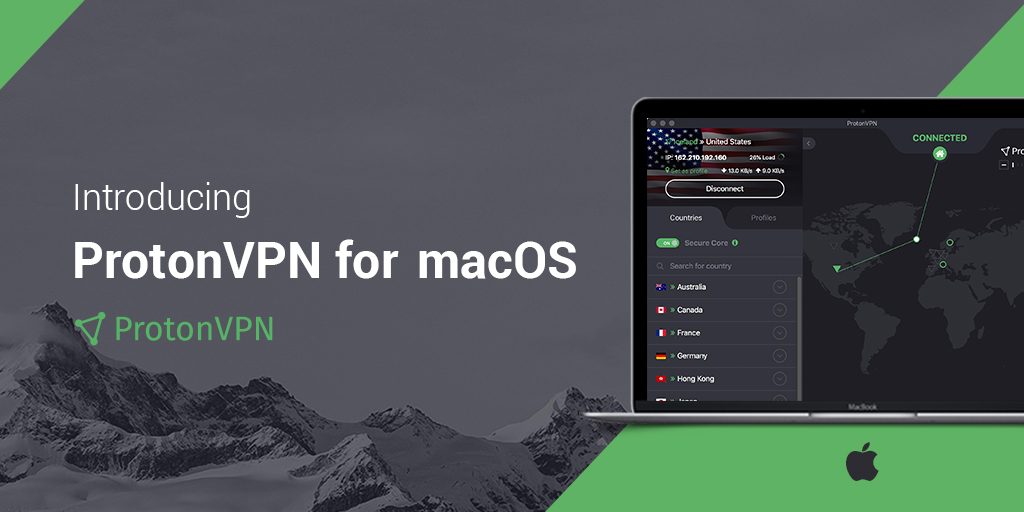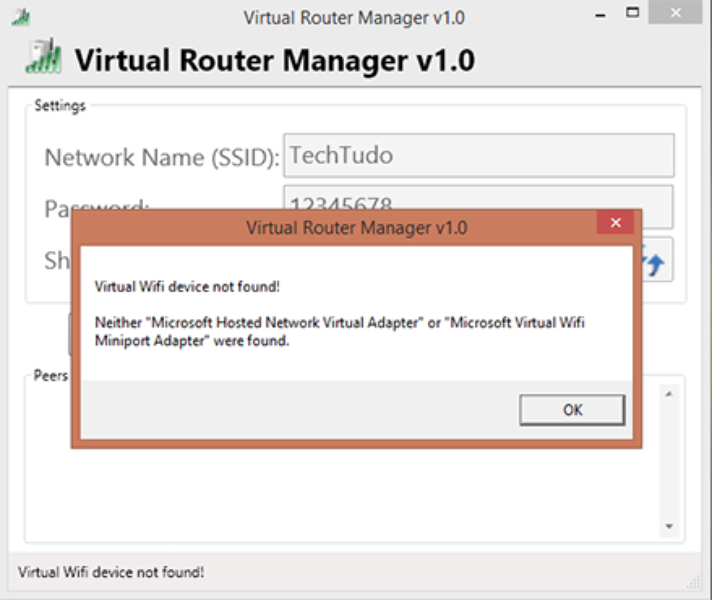
It is recommended to choose at least 30GB.

Select "Create a virtual hard disk now" and click "Create".It is recommended to allocate at least 4GB of RAM. Set the amount of RAM you want to allocate to the virtual machine.Give the virtual machine a name, select "Mac OS X" as the type, and select the version of macOS you want to install (in this case, for example, "Mac OS X (64-bit)").Open VirtualBox and click on "New" to create a new virtual machine.Extract the macOS installation files from the downloaded file and save them in a convenient location.Download the macOS installation file (in this case, for example, macOS Ventura) from the App Store or any other trusted source.Download and install the latest version of VirtualBox for Windows from the official website.A 14-day free trial is also available.Below is step-by-step guide on how to install macos Ventura operating system on windows 10 machines using the virtualbox. New standard licenses are available for $100 a year on a subscription plan, or $130 a year for a one-time purchase. If you’re using Parallels Desktop 17, you can upgrade to the standard edition of Parallels Desktop 18 for $70. IT admins can also deploy or provision a Windows 11 VM on a Mac, as well as manage Parallels Customer Experience Program participation centrally. There’s now convenient SSO/SAML authentication that enables employees to sign in and activate Parallels Desktop with a corporate account. In Parallels Desktop 18 for Mac business edition, there are three new functionalities. In the pro edition, you’ll be able to set up various network conditions for a virtual machine, isolate a VM network, use network boot with Linux ARM VMs, and analyze application performance. However, pro includes all features from standard, and business includes both pro and standard features

These two releases have their own set of features. Note that there’s also the Parallels Desktop 18 for Mac pro edition and Parallels Desktop 18 for Mac business edition.


 0 kommentar(er)
0 kommentar(er)
